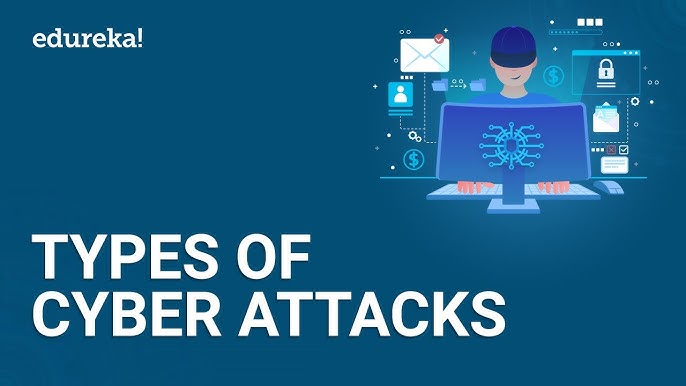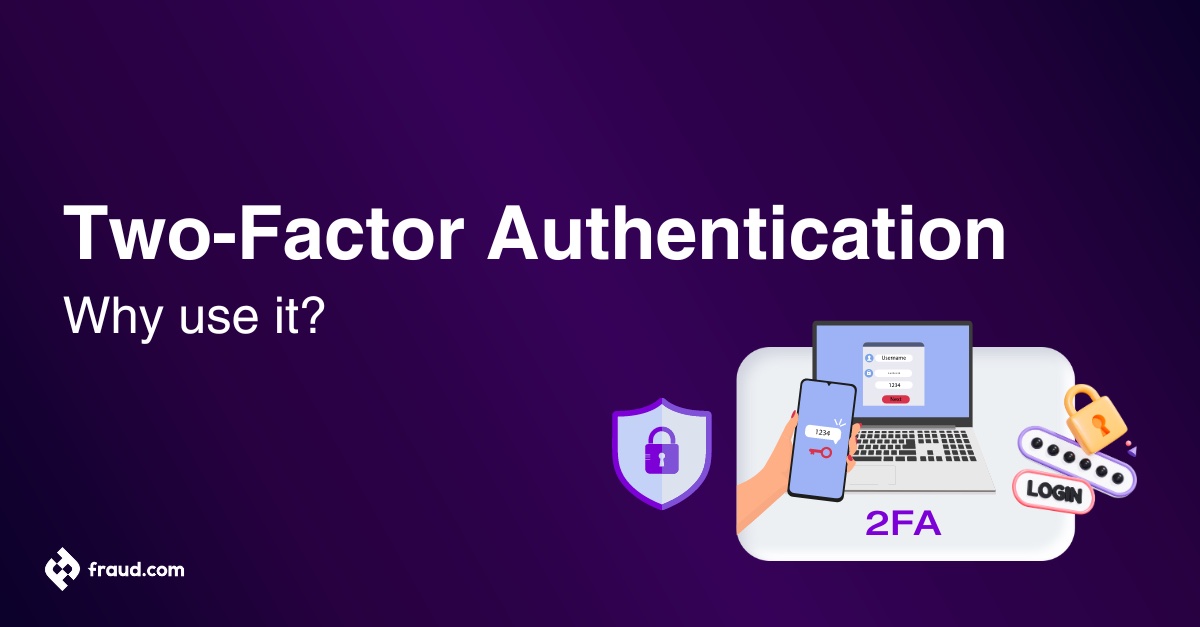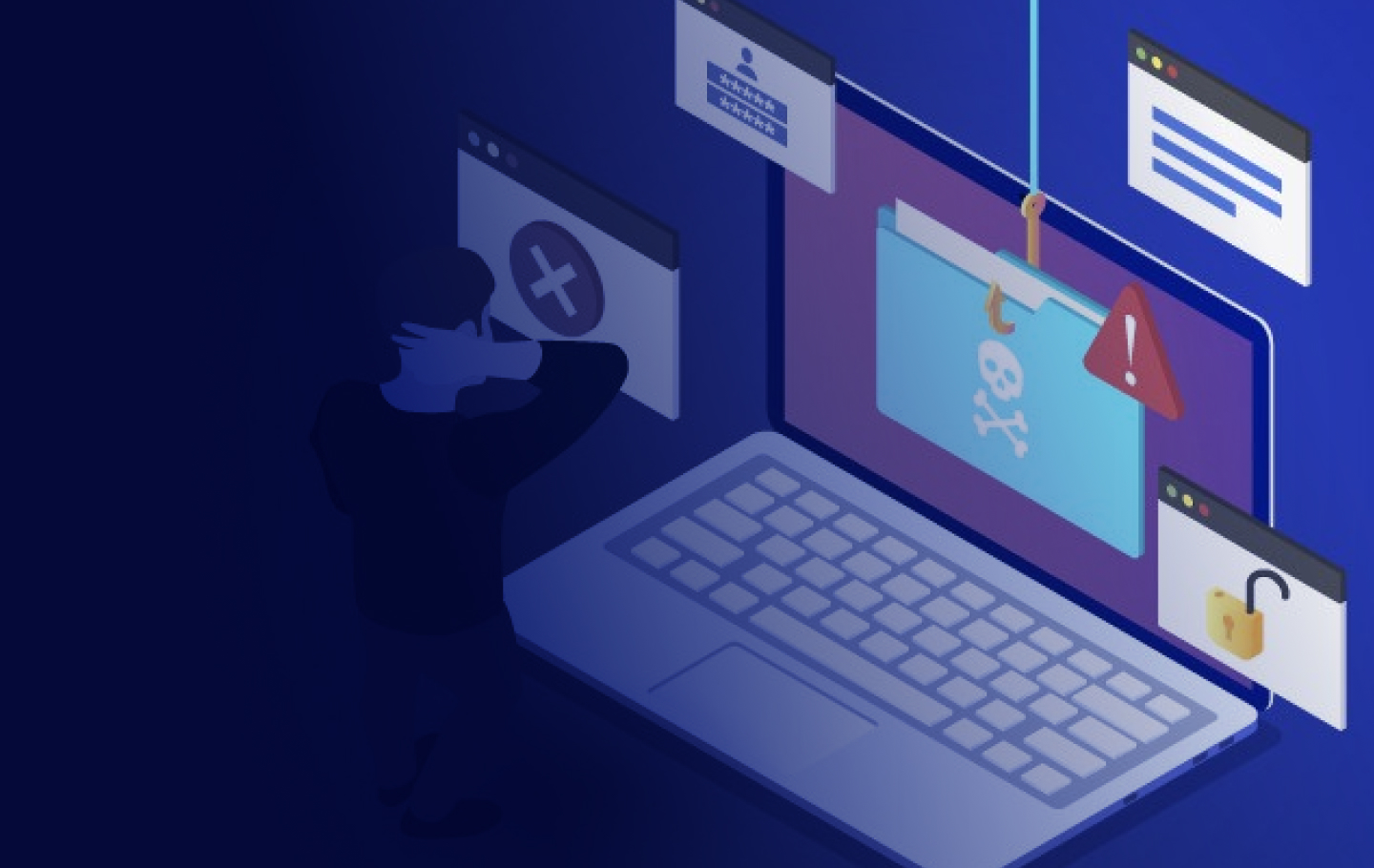Introduction to carding and its impact on cybersecurity
In today’s digital world, where online transactions are as common as morning coffee runs, cyber threats lurk around every corner. One of the most insidious forms of cybercrime is carding—a sophisticated tactic that targets unsuspecting victims and their hard-earned money. As technology evolves, so do the methods used by cybercriminals, making it essential for everyone to understand what carding is and how it can impact personal and financial security.
Imagine waking up one day to find your bank account drained or your credit card information misused. The reality is that such incidents happen far too often due to carding schemes. But don’t let fear cloud your judgment; knowledge is power when it comes to prevention. In this article, we’ll delve into the mechanics behind carding, explore the types of information targeted by these criminals, share real-life incidents that have made headlines, and equip you with practical tips for safeguarding yourself against this growing threat in cybersecurity.
How carding works and the tools/methods used by cybercriminals
Carding is a method where cybercriminals exploit stolen credit card information to make unauthorized purchases. They typically acquire this sensitive data through various means, such as phishing scams or data breaches.
Once they have the information, carders use specialized tools and software to test cards against online retailers. These tools can automate the process, making it faster for criminals to determine which cards are still active.
Many also turn to dark web marketplaces where stolen card details are bought and sold in bulk. Some even utilize sophisticated bots that mimic legitimate user behavior during transactions, evading security systems designed to catch suspicious activity.
The anonymity of the internet fuels this practice. Carders hide behind VPNs and proxies while executing their schemes, complicating law enforcement efforts aimed at tracking them down. The combination of technology and sheer audacity makes carding a persistent threat in cybersecurity today.
The types of information targeted by carders
Carders typically target sensitive financial information. Credit card numbers are the primary focus, as they allow for direct access to funds.
Alongside card numbers, expiration dates and CVV codes are also sought after. These details enable cybercriminals to make unauthorized purchases quickly.
Personal identifying information (PII) is another major target. Names, addresses, and Social Security numbers can be exploited for identity theft or sold in underground markets.
Login credentials for online banking accounts hold immense value. With this access, thieves can drain accounts with ease.
Email addresses often get captured too. They provide a gateway to phishing attacks and other deceptive schemes that further compromise security measures.
By understanding the types of information targeted by carders, individuals can take proactive steps toward better protection against these threats.
Real-life examples of major carding incidents
One of the most notorious carding incidents occurred in 2014, when hackers breached Target’s systems. They accessed credit and debit card information from over 40 million customers during the holiday shopping season. This breach not only led to significant financial losses but also eroded consumer trust.
Another major event happened in 2017 with Equifax. The company suffered a massive data breach that exposed personal information of around 147 million people. Carders exploited this data, leading to widespread identity theft and fraudulent transactions.
More recently, in 2020, Magecart attacked multiple e-commerce sites by injecting malicious code into their payment forms. This incident compromised thousands of credit cards before many businesses even realized they had been targeted.
These examples highlight how sophisticated and damaging carding attacks can be for consumers and businesses alike. Cybercriminals continuously evolve their techniques, making vigilance essential.
Tips for preventing carding attacks
To effectively prevent carding attacks, start by using strong, unique passwords for all your accounts. A password manager can help you create and store complex combinations.
Enable two-factor authentication wherever possible. This adds an extra layer of security, making it harder for attackers to gain access.
Be cautious with sharing personal information online. Cybercriminals often exploit social media platforms to gather data on their targets.
Regularly monitor your bank statements and transaction history for any unauthorized activity. The sooner you detect a problem, the quicker you can take action.
Use secure connections when shopping or entering sensitive information online. Look for HTTPS in the URL and avoid public Wi-Fi networks when accessing financial sites.
Keep your software updated. Regular updates patch vulnerabilities that could be exploited during a carding attack.
Best practices for securing personal and financial information online
Securing personal and financial information online is essential in today’s digital landscape. Start by using strong, unique passwords for each account. A password manager can help you keep track of them.
Enable two-factor authentication wherever possible. This adds an extra layer of security that makes it harder for cybercriminals to gain access.
Be cautious with public Wi-Fi networks. Avoid accessing sensitive accounts while connected to these networks, as they are often unsecure.
Regularly monitor your bank statements and credit reports for any unusual activity. Quick detection can mitigate potential damage.
Educate yourself about phishing scams. Recognizing suspicious emails or messages will help prevent falling victim to a carding scheme.
Keep your software updated, including operating systems and applications. Many updates include patches against the latest cybersecurity threats, making this an important step in protection strategies.
Conclusion: The importance of staying vigilant against cyber threats
Staying vigilant against cyber threats is essential in our increasingly digital world. Cybercriminals are always looking for new ways to exploit vulnerabilities, and carding is a prime example of this ongoing battle. Awareness and education play crucial roles in prevention.
It’s imperative to keep your financial information secure and be cautious about sharing personal data online. Regularly monitor your accounts, use strong passwords, and enable two-factor authentication wherever possible.
The fight against carding requires both individuals and businesses to be proactive. By implementing best practices for cybersecurity, you can significantly reduce the risk of falling victim to these attacks. Remember, staying informed is one of the best defenses you have against any form of cybercrime.
Every step taken towards better security measures counts. Make it a habit to evaluate how you’re protecting your sensitive information regularly—because when it comes to cybersecurity, an ounce of prevention truly is worth a pound of cure.









